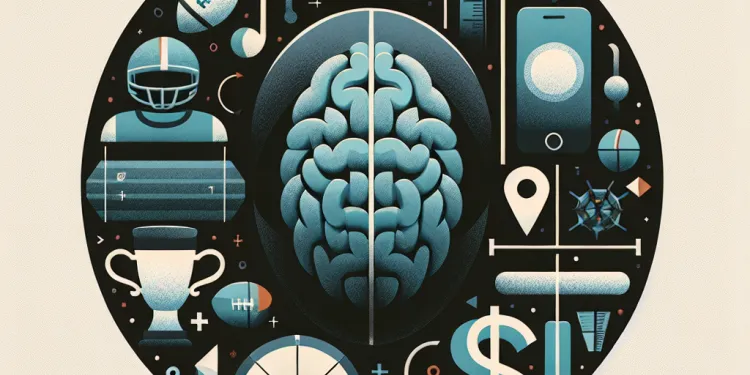
Find Help
More Items From Ergsy search
-
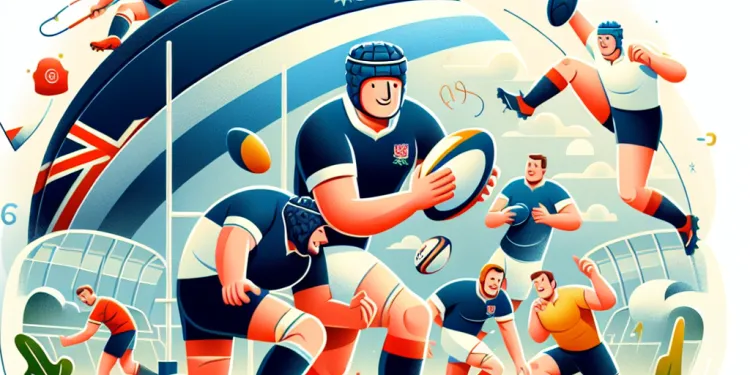
Are Concussions common in Rugby?
Relevance: 100%
-
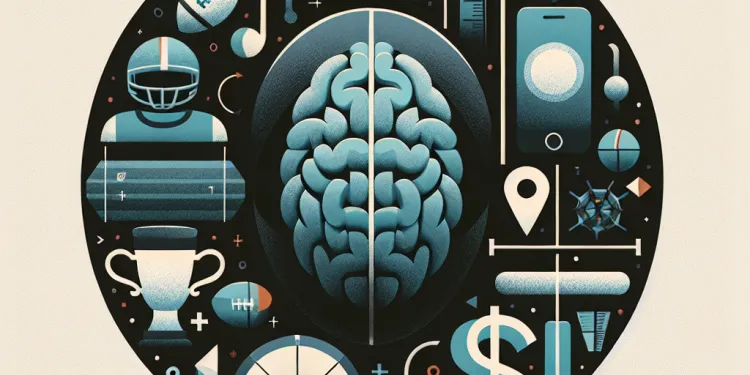
What causes concussions in rugby?
Relevance: 95%
-
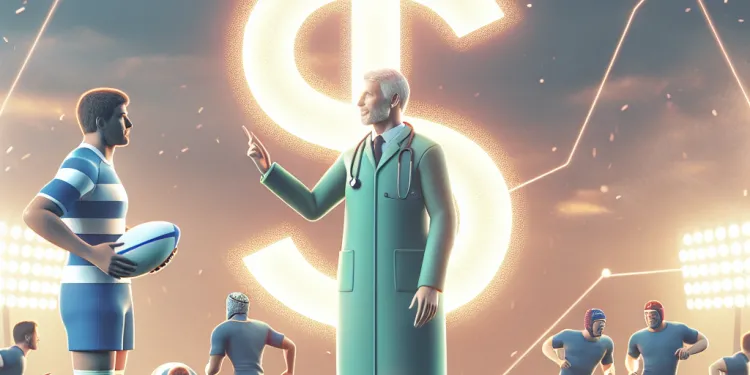
Is there a protocol for managing concussions in rugby?
Relevance: 93%
-

Are helmets required in rugby to prevent concussions?
Relevance: 93%
-
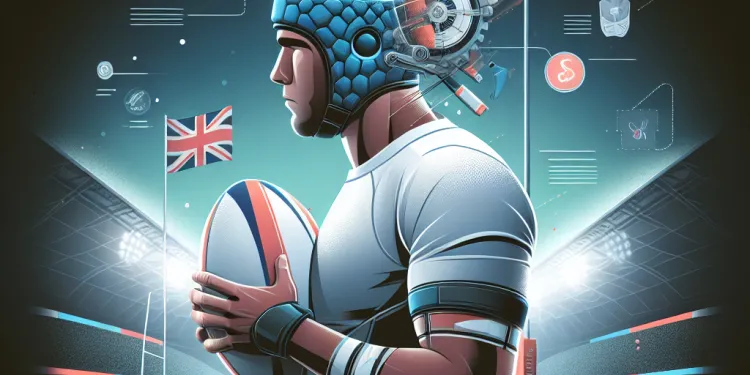
How can concussions be prevented in rugby?
Relevance: 89%
-

Is there a difference in concussion rates between amateur and professional rugby?
Relevance: 88%
-
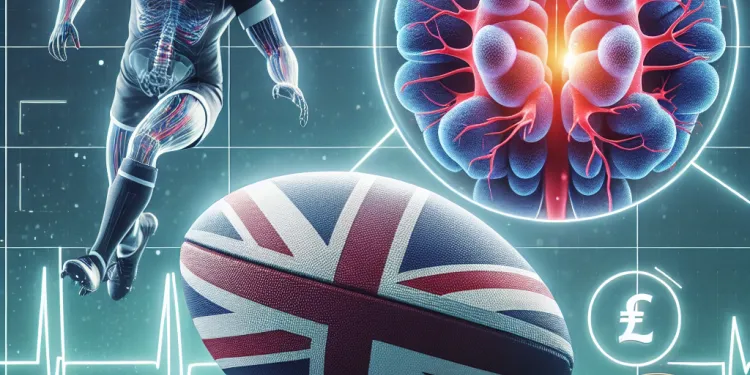
How do concussions impact long-term health in rugby players?
Relevance: 85%
-
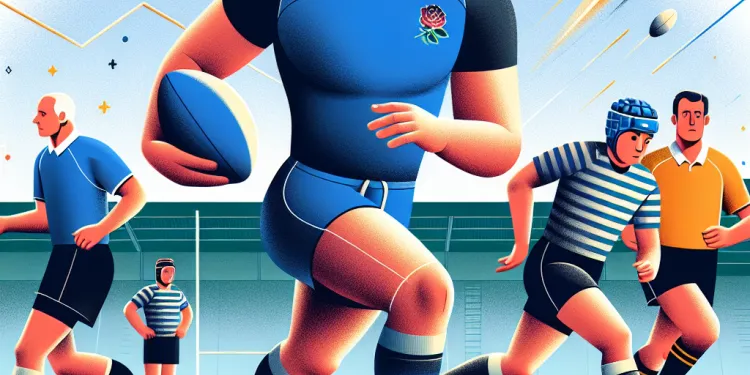
What age groups are most at risk for concussions in rugby?
Relevance: 84%
-
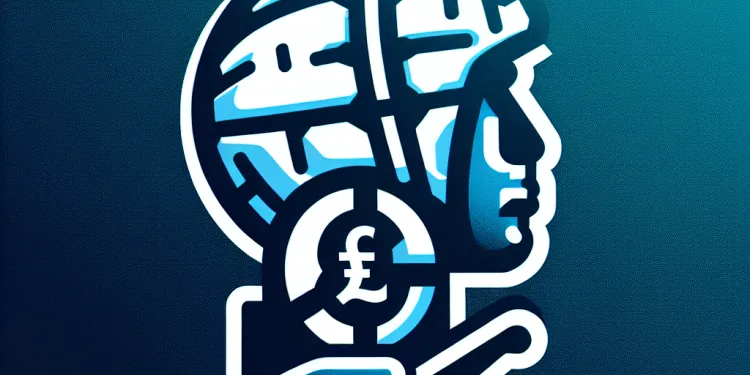
What support is available for rugby players who suffer concussions?
Relevance: 81%
-

Is there any way to prevent concussions?
Relevance: 59%
-

What is Concussion?
Relevance: 59%
-

How can concussions be prevented?
Relevance: 59%
-
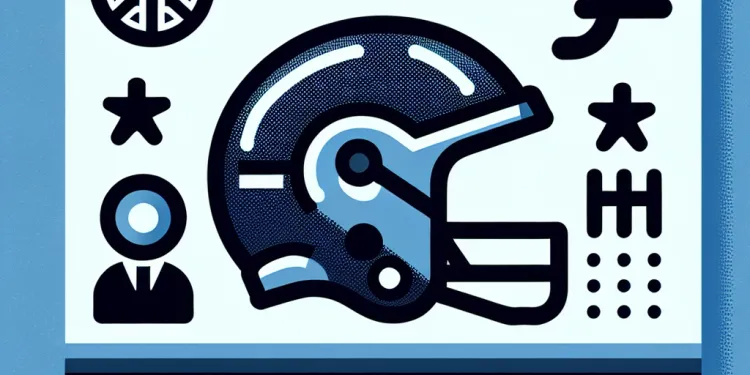
How can concussions be prevented?
Relevance: 57%
-

Can playing sports increase the risk of a concussion?
Relevance: 54%
-
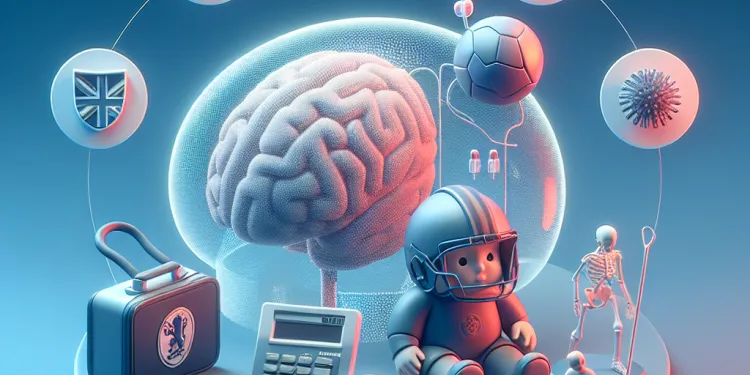
Are children more susceptible to concussions than adults?
Relevance: 52%
-

Is training available for coaches to help prevent concussions?
Relevance: 49%
-

What role do schools play in managing concussions?
Relevance: 49%
-

How is a concussion diagnosed?
Relevance: 46%
-

Is headache a symptom of a concussion?
Relevance: 46%
-
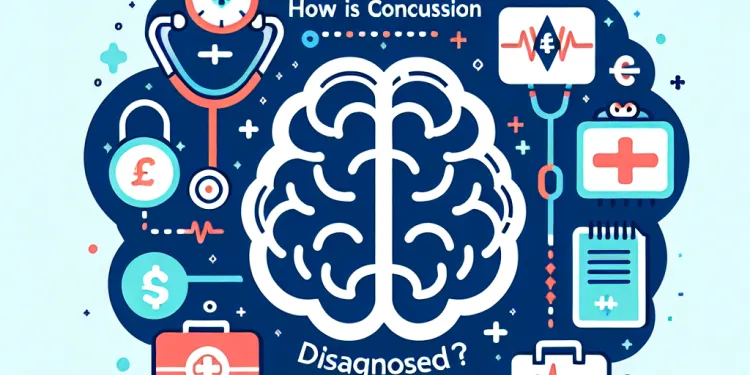
How is a concussion diagnosed?
Relevance: 45%
-
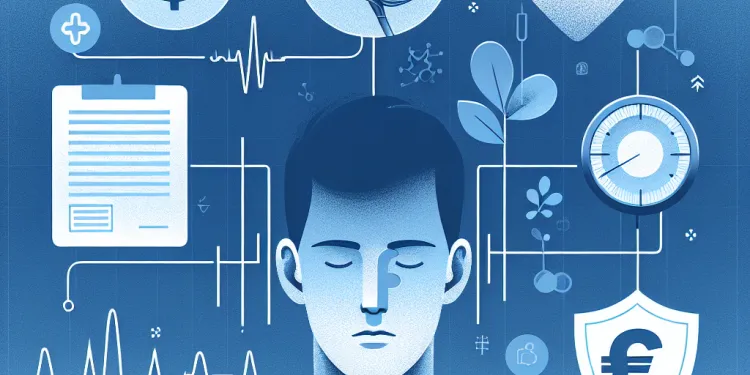
What are common symptoms of a concussion?
Relevance: 44%
-

Is it safe to sleep after a concussion?
Relevance: 44%
-

Is it safe to sleep after a concussion?
Relevance: 44%
-
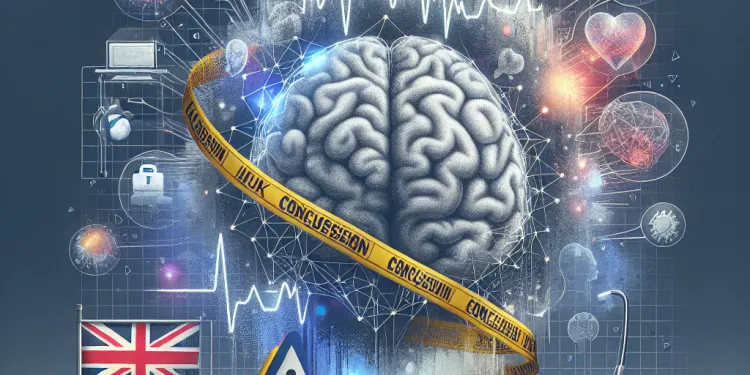
Can a concussion cause memory problems?
Relevance: 42%
-

Can concussions lead to mental health issues?
Relevance: 41%
-

Can concussions occur without a direct blow to the head?
Relevance: 40%
-

Should people with a concussion avoid screens and technology?
Relevance: 40%
-

When is it safe to return to normal activities after a concussion?
Relevance: 39%
-
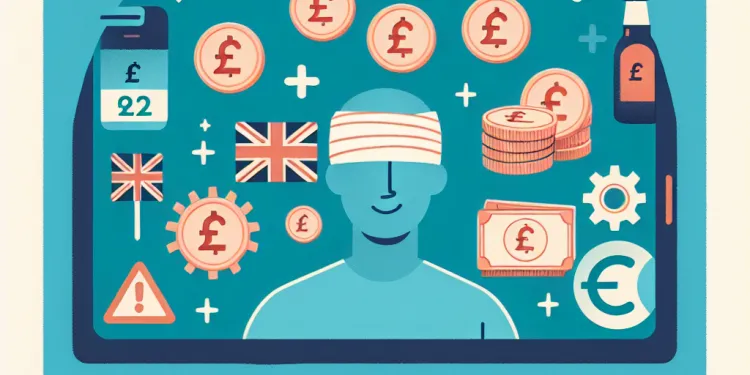
When is it safe to return to normal activities after a concussion?
Relevance: 39%
-
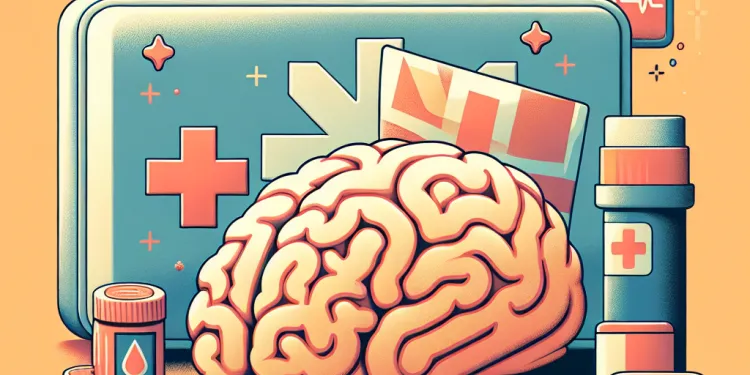
What immediate steps should be taken if someone has a concussion?
Relevance: 38%
-

Can players return to play on the same day after a suspected concussion?
Relevance: 38%
-
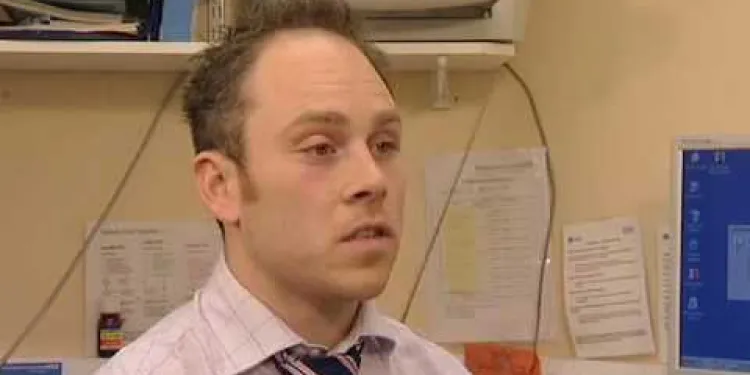
Advice on sports injuries
Relevance: 15%
-

Are there any exercises to avoid during pregnancy?
Relevance: 7%
-

Is it safe to participate in group sports while pregnant?
Relevance: 7%
-

Can I breastfeed immediately after a Caesarean section under spinal anaesthesia?
Relevance: 7%
-

Staying Active: National Health Campaigns Promoting Physical Well-being
Relevance: 4%
-
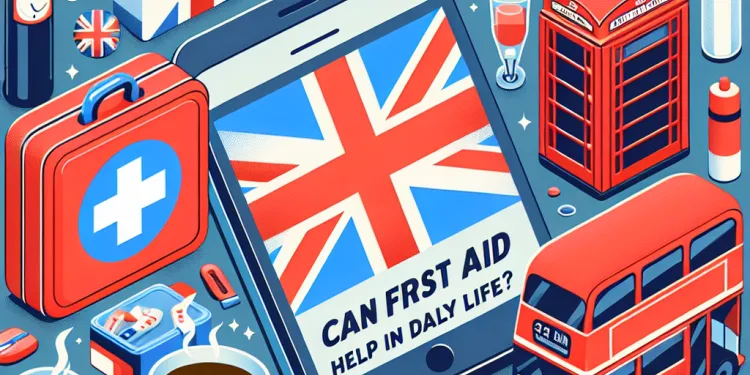
Can first aid skills help in daily life?
Relevance: 3%
Understanding Concussions in Rugby: Causes and Implications
Introduction to Concussions in Rugby
Concussions in rugby are a serious concern for players, coaches, and medical professionals due to the physical nature of the sport. A concussion is a type of traumatic brain injury (TBI) caused by a bump, blow, or jolt to the head, leading to temporary disruption of normal brain function. In rugby, concussions are often the result of impacts sustained during play, which can vary in severity and consequence.Primary Causes of Concussions in Rugby
Several specific situations within the game of rugby can lead to concussions. These include:Contact During Tackles
Tackling is an integral part of rugby, involving close physical contact, often at high speeds. Tackles can lead to concussions when the head is impacted directly, or when a player is thrown to the ground with significant force. Poor tackling techniques or improper positioning can increase the risk.Collisions with Other Players
Rugby is a high-impact sport where players frequently engage in scrums, rucks, and mauls. In these situations, players can collide accidentally, resulting in head injuries. High-speed collisions, particularly involving unexpected contact, are a common cause of concussive injuries.Falls to the Ground
Players frequently fall or are brought to the ground in rugby, which can lead to head impacts if the player lands awkwardly. The force and angle of the fall are critical factors in determining the likelihood of a concussion.Striking the Knee, Elbow, or Ground
Unintentional strikes to the head from a knee or elbow, typically during a tackle or while contesting the ball, can cause concussions. Similarly, hitting one’s head on the unyielding ground during a fall can lead to injury.Preventive Measures
Addressing the causes of concussions involves implementing preventive strategies, such as:Training and Education
Promoting proper tackling techniques and educating players and coaches about recognizing and managing concussions are crucial. Understanding the risks and having protocols for safe play can reduce incidents.Rule Changes and Enforcement
Modifying and strictly enforcing rules around tackles and high contact areas can help minimize dangerous situations. Referees play a critical role in maintaining safety standards on the field.Use of Protective Gear
While mouthguards and scrum caps are traditionally used, they do not prevent concussions but can reduce the risk of other injuries. Ongoing research into advanced protective headgear aims to offer better protection.Conclusion
Concussions are a significant risk in rugby due to the sport's physical nature. Understanding the causes and implementing comprehensive preventive measures can help mitigate this risk and ensure safer gameplay. Continued emphasis on training, education, and rule enforcement is vital in protecting the well-being of rugby players.Understanding Concussions in Rugby: Causes and Implications
Introduction to Concussions in Rugby
Concussions in rugby are a big worry for players, coaches, and doctors. This is because rugby is a tough, physical game. A concussion is a type of brain injury. It happens when someone gets hit on the head. This can make the brain not work right for a little while. In rugby, players can get concussions from hard hits during the game. These hits can be worse or better depending on how hard they are.Primary Causes of Concussions in Rugby
There are some common reasons why players get concussions in rugby.Contact During Tackles
Tackling is an important part of rugby. It means players run into each other, often very fast. Concussions happen if the head gets hit hard directly or if the player falls to the ground really hard. Using bad tackling skills can make it more likely to get hurt.Collisions with Other Players
In rugby, players often bump into each other during scrums, rucks, and mauls. These are all parts of the game. Sometimes players accidentally crash into each other, which can cause head injuries. Really fast crashes can especially cause concussions.Falls to the Ground
Players often fall down or are knocked to the ground. If a player falls awkwardly, their head might get hurt. The way they fall and how hard they hit the ground affects if they get a concussion.Striking the Knee, Elbow, or Ground
Sometimes, a knee or elbow can accidentally hit a player's head, often during a tackle or when fighting for the ball. Falling and hitting the head on the hard ground can also cause a concussion.Preventive Measures
We can try to stop concussions by doing certain things:Training and Education
Teach players and coaches how to tackle properly to avoid injuries. It's also important for them to know how to spot concussions and deal with them. Knowing the risks and how to play safely can help reduce injuries.Rule Changes and Enforcement
Changing the rules and making sure everyone follows them can help keep players safe. Referees need to make sure the game is played fairly and safely.Use of Protective Gear
Things like mouthguards and scrum caps can help protect players. They don't stop concussions, but they can prevent other injuries. Scientists are working on better helmets to protect players' heads.Conclusion
Concussions are a big risk in rugby because it is such a physical game. By understanding why they happen and taking steps to prevent them, we can help make rugby safer. It's important to keep teaching players and coaches good practices and to enforce safety rules. This can help protect rugby players from getting hurt.Frequently Asked Questions
What is a concussion in rugby?
A concussion is a type of brain injury caused by a blow to the head or body that shakes the brain inside the skull. In rugby, this can happen due to tackles, collisions, or falls.
How common are concussions in rugby?
Concussions are relatively common in rugby due to the physical nature of the sport. Studies suggest that concussions occur more frequently in rugby than in many other contact sports.
What are the main causes of concussions in rugby?
The main causes of concussions in rugby include high-impact tackles, accidental clashes of heads, falls during play, and being struck by the ball or other players' limbs.
Which positions in rugby are most at risk for concussions?
While any player can suffer a concussion, forwards, especially those involved in scrums and tackles, are often at higher risk due to the physical demands of their position.
How can concussions be prevented in rugby?
Concussions can be mitigated by employing proper tackling techniques, using protective headgear, adhering to safety regulations, and promoting awareness and education among players and coaches.
Do scrum caps prevent concussions in rugby?
Scrum caps provide some protection against cuts and abrasions but offer limited protection against concussions. They can help reduce the risk of head injury but are not foolproof.
What are the symptoms of a concussion in rugby?
Symptoms of a concussion may include headache, dizziness, confusion, memory loss, nausea, and balance problems. Symptoms can vary in severity and may not appear immediately.
What should you do if you suspect a player has a concussion during a match?
If a concussion is suspected, the player should be immediately removed from play and assessed by a healthcare professional. They should not return to the game until cleared by a medical practitioner.
Why are concussions in rugby taken so seriously?
Concussions are serious because they can lead to long-term neurological damage if not properly managed. Repeated concussions can also increase the risk of chronic traumatic encephalopathy (CTE).
How long should a player rest after sustaining a concussion?
The recovery period varies depending on the severity of the concussion and the individual's health. Players should follow a graduated return-to-play protocol supervised by medical professionals.
Can players return to rugby after experiencing multiple concussions?
Players can often return to play after multiple concussions but must be evaluated individually by medical professionals to assess the risks and ensure recovery has been sufficient.
How can proper tackling techniques prevent concussions?
Proper tackling techniques involve positioning, avoiding high tackles, using shoulder contact rather than head contact, and engaging with the body instead of the head, reducing concussion risk.
What role do referees play in concussion prevention?
Referees enforce rules that protect players from high tackles and dangerous play. They also have the authority to stop a match if a player appears injured and in need of assessment.
Are there any rules in rugby specifically aimed at reducing concussions?
Yes, rules such as high tackle laws, head injury assessments, and mandatory substitutions for players with suspected concussions are aimed at reducing the risk of head injuries.
What is the head injury assessment (HIA) in rugby?
The HIA is a process used in rugby to assess players who have had a head injury. It involves a series of questions and physical tests to determine if the player is fit to continue playing.
What Happens When You Get a Bump on the Head in Rugby?
When you play rugby, sometimes you can hit your head. This is called a bump.
A bump can make your brain move inside your head. This is called a "concussion." It can make you feel dizzy or see stars. You might also have a headache.
If you think someone has a concussion, tell a grown-up or a coach right away.
Tools that can help: Use pictures to understand better and talk to someone who knows about rugby to explain it to you.
A concussion is when you hurt your brain. This can happen if you get hit on your head or body, and your brain moves inside your head. In rugby, this might happen when players tackle, bump into each other, or fall down.
How often do head injuries happen in rugby?
Rugby players sometimes get head injuries called concussions. These can happen when players bump their heads hard.
Concussions are not rare in rugby. People who play rugby should always wear the right gear and play safely. This helps to protect their heads.
If you find reading hard, you can use tools like audiobooks to listen, or special reading apps to help you understand better. Always ask for help if you need it!
Concussions happen often in rugby. This is because rugby is a very physical game. Some studies show concussions are more common in rugby than in other sports where players touch each other.
What causes most concussions in rugby?
Here are some reasons why concussions happen in rugby:
- Two players bump heads.
- A player is tackled hard and hits the ground.
- A player's head gets hit by a knee or elbow.
- A player falls and lands badly on their head.
Help for understanding:
- Look at pictures of rugby games to see how players move.
- Use videos that show how to play safely.
- Ask someone to explain words you don't know.
In rugby, people can get hurt and this is called a concussion. This happens when:
- Players bump into each other very hard.
- They accidentally hit their heads together.
- Someone falls over while playing.
- They get hit by the ball or an arm or leg.
Reading tools can help make text clearer. Try using your finger to follow along as you read.
Which rugby players get hurt in the head the most?
All players can get hurt in the head. Forwards, who play in scrums and tackles, are more at risk because their job is very physical.
How can we stop concussions in rugby?
Here are some ways to keep safe in rugby:
- Wear a good helmet. It helps protect your head.
- Listen to your coach. They teach you how to play safely.
- Practice tackling the right way. Good technique keeps everyone safe.
- Play by the rules. Rules are there to stop injuries.
- Take breaks if you feel tired. Rest helps you stay alert.
Ask an adult if you have questions or need help.
We can help stop concussions by:
- Learning how to tackle safely
- Wearing helmets and other safety gear
- Following the rules
- Teaching players and coaches about safety
Do Rugby Hats Stop Head Injuries?
Scrum caps are soft hats that rugby players wear. They help to protect the head. But, they do not stop all head injuries. Scrum caps might help a bit. They can stop cuts and bruises. But, they do not fully stop concussions.
Concussions are when the brain gets hurt from a bump or hit. It is important to play safely. Always use the right gear when playing rugby.
To learn more, ask a rugby coach or look for safe rugby videos online. Remember, playing safely is very important!
Scrum caps can help stop cuts and scrapes on the head. But, they do not protect much from head bumps that can cause serious injury. They can help keep your head safer but do not stop all injuries.
What are the signs of a concussion in rugby?
If someone gets a hard hit on the head during rugby, they might have a concussion. Here are some signs to look out for:
- They might say their head hurts.
- They could feel dizzy or confused.
- They might find it hard to remember things.
- They could feel sick or want to throw up.
- They might be very tired.
If you see these signs, get help from a grown-up or a doctor.
You can also use a picture chart to help understand these signs.
If you hit your head, you might have a concussion. This can make you feel different. Here are some things to watch out for: a headache (your head hurts), feeling dizzy (like the world is spinning), feeling confused (not sure what’s happening), forgetting things (memory loss), feeling sick to your stomach (nausea), and having trouble staying steady (balance problems).
It's important to know that these signs can change from person to person. They might be really strong, or just a little bit. Also, they might not show up right away.
If you think someone has a concussion, tell an adult and see a doctor. You can write down what happened and how you feel. This can help the doctor. Remember to get lots of rest and take it easy!
What to do if you think a player has a head injury in a game?
If you think someone was hurt in the head:
- Stop the game.
- Check on them right away.
- Ask an adult for help, like a coach or parent.
- Don’t let them keep playing.
- Call for a doctor if needed.
Supporting tools:
- First aid kit
- Phone to call for help
Remember, it is important to be safe.
If someone might have a concussion, they need to stop playing right away. A doctor or nurse should check them. They must not play again until the doctor or nurse says it is safe.
Why are head injuries in rugby very important?
Concussions are head injuries. They can happen during rugby games. Players can get hurt when their heads are hit.
Head injuries are very serious. They can make you feel dizzy or confused. You might have a headache. Sometimes, they can even affect your brain.
In rugby, people are careful about head injuries. They want to keep players safe. Coaches and doctors look for signs of a concussion. If a player has a concussion, they stop playing to get better.
Tools like helmets and mouthguards can help keep players safe. Rules in the game also help protect players from head injuries.
A concussion is a type of brain injury. It is serious and can hurt your brain for a long time if not treated right. Having too many concussions can make a brain problem called CTE more likely.
How long should a player rest after getting a concussion?
If a player hurts their head, they need to rest. This is called a concussion.
Players should talk to a doctor. The doctor will say when it is safe to play again.
Here are some tips to help:
- Rest in a quiet place.
- Do not play sports until the doctor says it is okay.
- Ask someone for help if you feel dizzy or confused.
How long it takes to get better depends on how bad the concussion is and how healthy the person is. Players should slowly start playing again with help from doctors.
Can players play rugby again after having many head injuries?
Players can sometimes play again after getting hit on the head more than once. But a doctor needs to check each player to make sure it's safe and they are all better.
How can safe tackling help stop head injuries?
Learning how to tackle the right way can keep players safe. Here are some ways:
- Heads Up: Keep your head up when you tackle. Do not use your head to hit.
- Use Your Arms: Use your arms to wrap around the other player.
- Strong Legs: Keep your legs strong to stay balanced.
These tips can help stop head injuries. Ask coaches for help with practicing safe tackling. Use videos and pictures to learn more.
When you tackle someone, make sure to:
- Stand in the right way.
- Don't tackle high up on the body.
- Use your shoulder, not your head, to touch the other person.
- Aim for their body, not their head.
This helps keep everyone safe and stops head injuries.
If you have trouble understanding this, try using pictures or watch a video to see how it works. You can also ask a coach for help or practice slowly with a friend.
What do referees do to help stop concussions?
Referees make sure players follow the rules. This keeps everyone safe from rough play. They can stop the game if a player gets hurt and needs help.
Does rugby have rules to help stop head injuries?
Yes, there are rules to help keep players safe. These rules include tackling safely, checking for head injuries, and making players rest if they might have a concussion.
What is the head injury check in rugby?
Rugby is a sport where players can get hurt, especially their heads. A head injury check is a test to see if a player hurt their head during the game.
If a player bumps their head, they stop playing and take this check. It is important so players stay safe and healthy.
If you want to know more, you can use:
- Pictures: Look at pictures of the check to understand better.
- Videos: Watch a video showing how the check is done.
- Ask Someone: Talk to a coach or teacher about it.
The HIA helps check if a rugby player can keep playing after a head hit. It uses questions and simple physical tests to see if the player is okay.
Useful Links
- Ergsy carfully checks the information in the videos we provide here.
- Videos shown by Youtube after a video has completed, have NOT been reviewed by ERGSY.
- To view, click the arrow in centre of video.
- Most of the videos you find here will have subtitles and/or closed captions available.
- You may need to turn these on, and choose your preferred language.
- Go to the video you'd like to watch.
- If closed captions (CC) are available, settings will be visible on the bottom right of the video player.
- To turn on Captions, click settings .
- To turn off Captions, click settings again.
More Items From Ergsy search
-

Are Concussions common in Rugby?
Relevance: 100%
-

What causes concussions in rugby?
Relevance: 95%
-

Is there a protocol for managing concussions in rugby?
Relevance: 93%
-

Are helmets required in rugby to prevent concussions?
Relevance: 93%
-

How can concussions be prevented in rugby?
Relevance: 89%
-

Is there a difference in concussion rates between amateur and professional rugby?
Relevance: 88%
-

How do concussions impact long-term health in rugby players?
Relevance: 85%
-

What age groups are most at risk for concussions in rugby?
Relevance: 84%
-

What support is available for rugby players who suffer concussions?
Relevance: 81%
-

Is there any way to prevent concussions?
Relevance: 59%
-

What is Concussion?
Relevance: 59%
-

How can concussions be prevented?
Relevance: 59%
-

How can concussions be prevented?
Relevance: 57%
-

Can playing sports increase the risk of a concussion?
Relevance: 54%
-

Are children more susceptible to concussions than adults?
Relevance: 52%
-

Is training available for coaches to help prevent concussions?
Relevance: 49%
-

What role do schools play in managing concussions?
Relevance: 49%
-

How is a concussion diagnosed?
Relevance: 46%
-

Is headache a symptom of a concussion?
Relevance: 46%
-

How is a concussion diagnosed?
Relevance: 45%
-

What are common symptoms of a concussion?
Relevance: 44%
-

Is it safe to sleep after a concussion?
Relevance: 44%
-

Is it safe to sleep after a concussion?
Relevance: 44%
-

Can a concussion cause memory problems?
Relevance: 42%
-

Can concussions lead to mental health issues?
Relevance: 41%
-

Can concussions occur without a direct blow to the head?
Relevance: 40%
-

Should people with a concussion avoid screens and technology?
Relevance: 40%
-

When is it safe to return to normal activities after a concussion?
Relevance: 39%
-

When is it safe to return to normal activities after a concussion?
Relevance: 39%
-

What immediate steps should be taken if someone has a concussion?
Relevance: 38%
-

Can players return to play on the same day after a suspected concussion?
Relevance: 38%
-

Advice on sports injuries
Relevance: 15%
-

Are there any exercises to avoid during pregnancy?
Relevance: 7%
-

Is it safe to participate in group sports while pregnant?
Relevance: 7%
-

Can I breastfeed immediately after a Caesarean section under spinal anaesthesia?
Relevance: 7%
-

Staying Active: National Health Campaigns Promoting Physical Well-being
Relevance: 4%
-

Can first aid skills help in daily life?
Relevance: 3%


